Do you require any assistance? Simply reserve your appointment online below
Complex limb deformity correction
Rebuild Strength & Coordination
Complex limb deformity is a difference between the lengths of the arms or legs. Except in extreme cases, differences in arm length do not usually impact how the arms function and do not require treatment.
A limb length difference may simply be a mild variation between the two sides of the body. Greater differences in length, however, can affect a patient’s well-being and quality of life.
In most cases, the bones affected by a leg length discrepancy are the femur (thighbone) and tibia (shinbone).
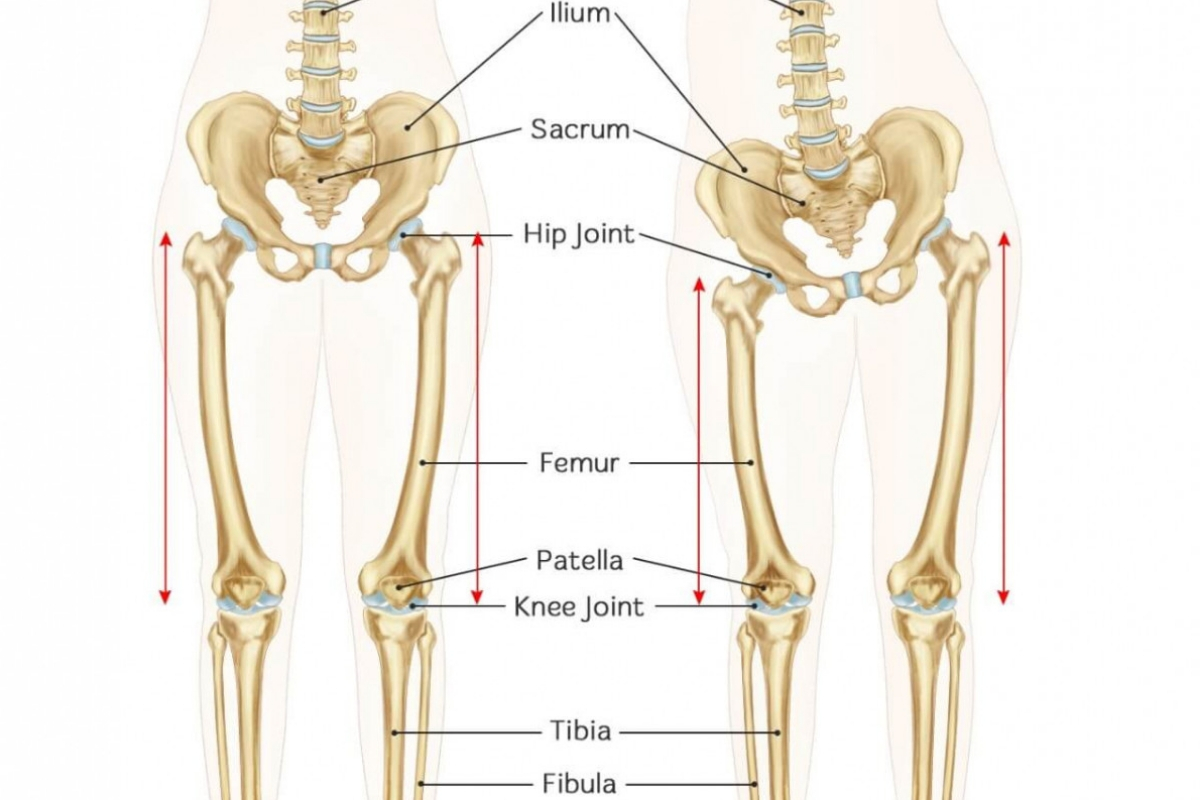
What Causes Complex limb deformity?
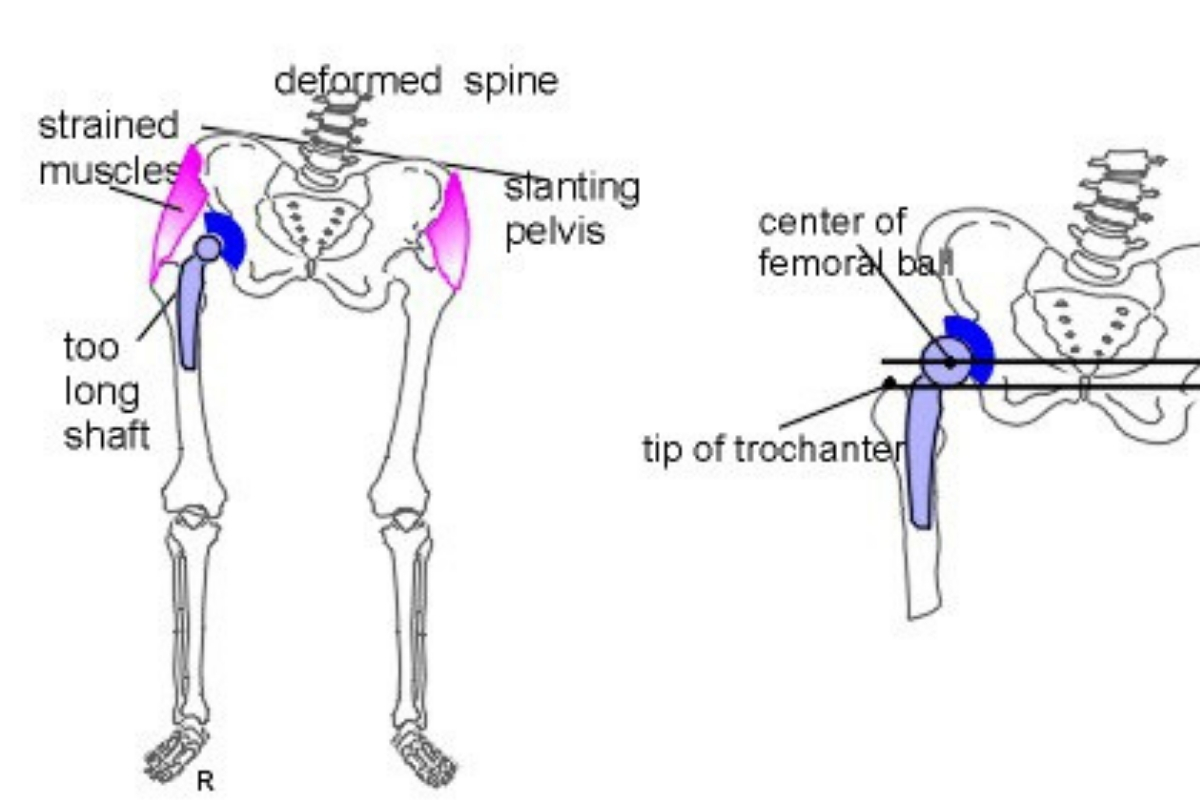
Bone Diseases (Dysplasias) : Certain bone diseases may cause limb length discrepancy, such as multiple hereditary exostoses.
Previous injury to a bone in the leg.
Conditions that cause inflammation of the joints during growth, such as juvenile arthritis.
Diagnosis of complex limb deformity
Your doctor will conduct a thorough physical examination and use tests to confirm or diagnosis a discrepancy in length.During the exam, your doctor will ask about your child’s general health, medical history, and symptoms.
During the examination, your doctor will closely observe your child’s gait (the way he or she walks). In most cases, the doctor will measure the discrepancy when your child is standing barefoot.
Scanograms, a special type of x-ray that uses a series of three images and a ruler to measure the length of the bones in the legs is also recommended in the diagnosis. This may be inclusive of a normal x- ray.
The most accurate method to identify leg (limb) length inequality (discrepancy) is through radiography.
complex limb deformity correction
Patients with limb length discrepancies that are mild (less than an inch) and do not have any limb deformity can typically be helped with nonsurgical treatment.
Treatment may include:
- Orthotics, such as a shoe lift, can be fitted to the inside of the shoe, or outside of the shoe. Wearing a shoe lift can relieve back pain from small leg-length discrepancies and are easily removed if not effective. They improve a patient’s ability to walk and run. Visit our on-site orthopedic shop for a variety of orthotics.
Ongoing observation (every six to12 months) may be the best option for children who have not reached skeletal maturity. Regular measurement can determine if the leg difference is increasing or remaining the same.
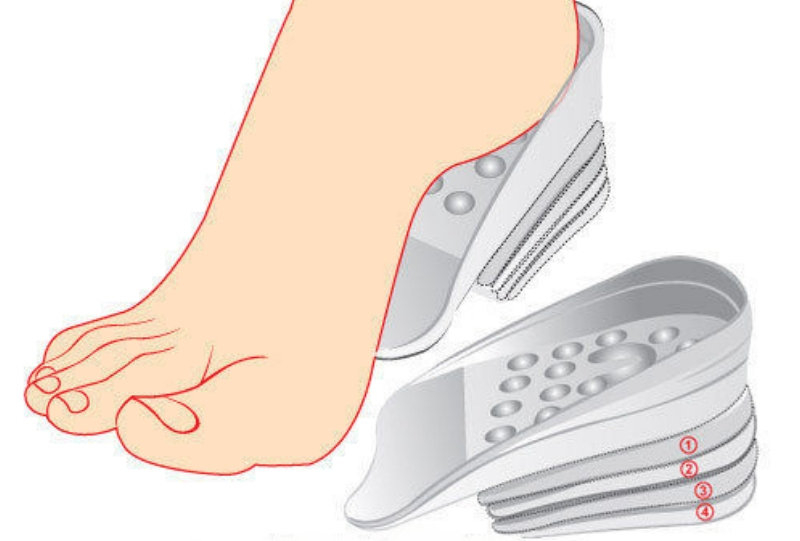
Rebuilding your strength & coordination
Surgery for Complex limb deformity
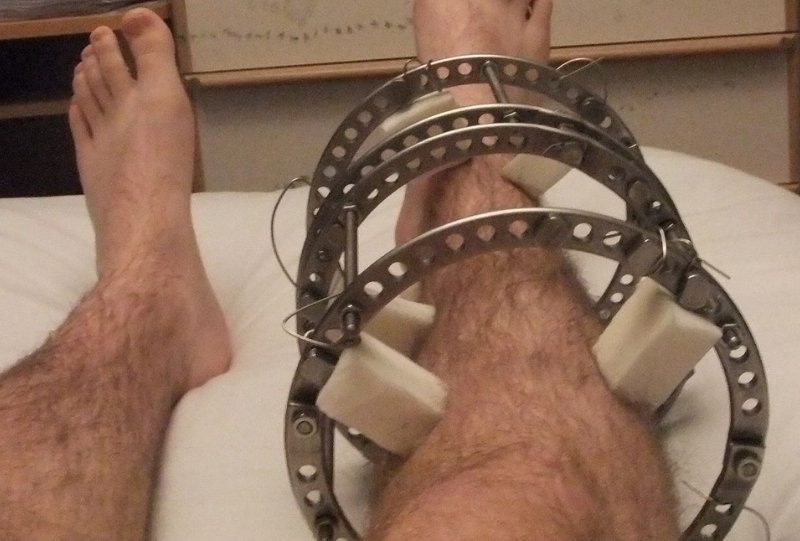
Surgeries for complex limb deformity are designed to slow down or stop the growth of the longer limb, shorten the longer limb, lengthen the shorter limb.
Limb shortening in patients who are finished growing, the longer limb can sometimes be shortened to even out the leg lengths.To do this, the doctor removes a section of bone from the middle of the longer limb, then inserts metal plates and screws or a rod to hold the bone in place while it heals.
Limb lengthening is a process that gradually grows new bone. It is used to correct limb length discrepancies and congenital short statures, and is often performed in conjunction with limb deformity correction.
In children who are still growing, epiphysiodesis (guided growth surgery) can be used to slow down or stop growth at one or two growth plates in the longer leg.
The procedure is performed through very small incisions in the knee area.
The goal is to reach equal leg length by the time growth normally ends—usually in the mid to late teenage years.
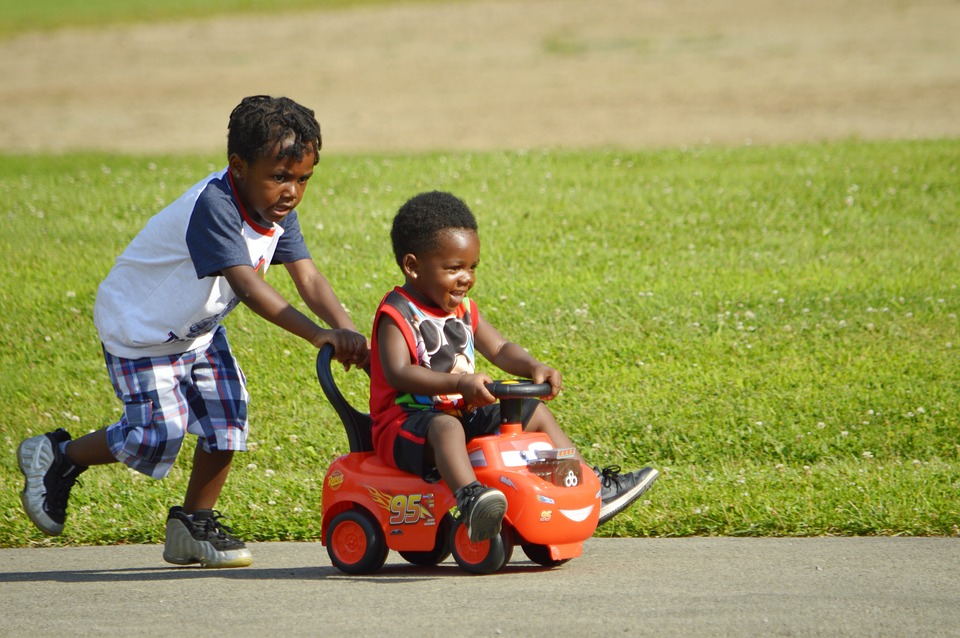
Follow – Up Care
No matter which treatment you receive, regular follow-up visits to your child’s doctor are recommended. Once the bone heals, your child will need physical therapy and rehabilitation to rebuild strength, endurance and coordination of both legs.
At NSOC, we offer a wealth of ongoing support and services for your family. Our team is committed to partnering with you to provide the most current, comprehensive and specialized care possible.
